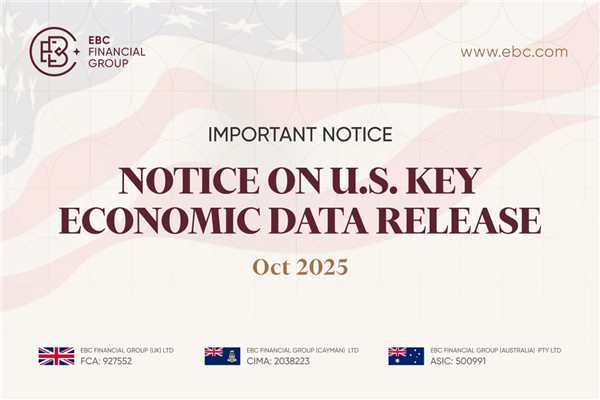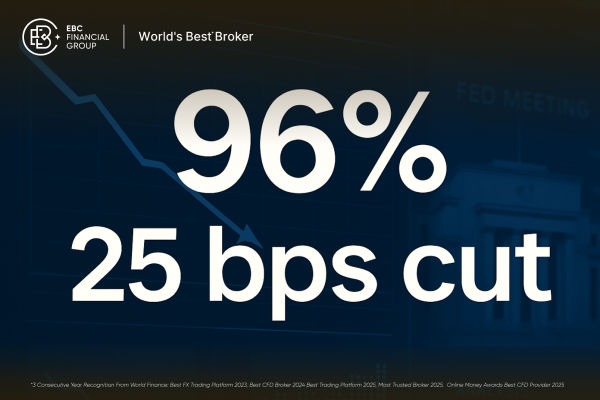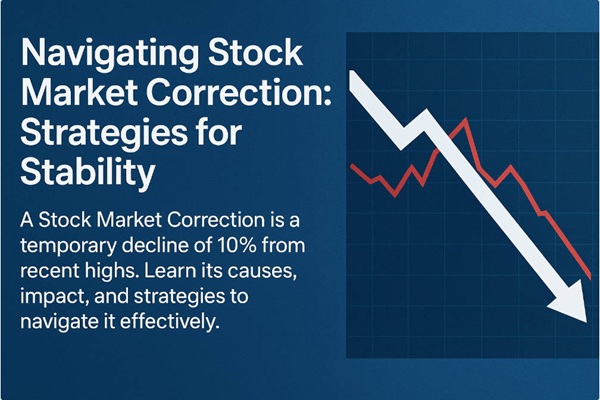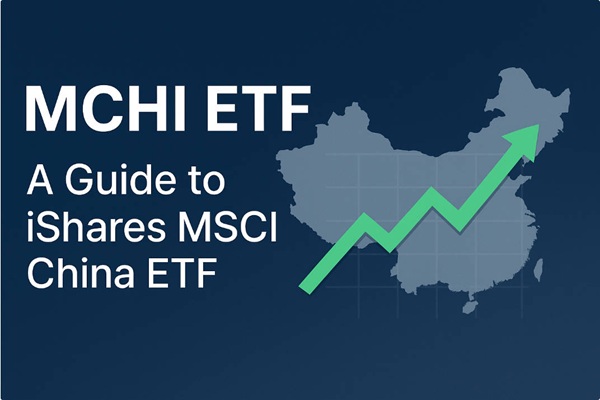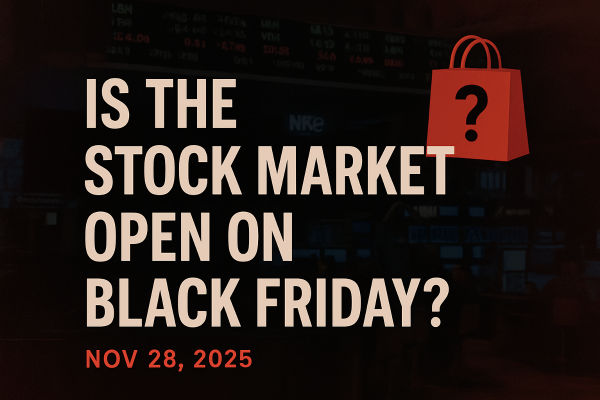The long-anticipated release of the Consumer Price Index (CPI) for October 2025 has been delayed again due to ongoing disruptions related to the government shutdown.
Initially, the U.S. government's monthly CPI report for October was scheduled for release today, on November 13, 2025, at 8:30 a.m. ET, by the Bureau of Labour Statistics (BLS). However, due to the ongoing 2025 United States federal government shutdown, the report is now unlikely to be released.
This is crucial as without fresh inflation data, the Federal Reserve faces a murky policy environment ahead of its December meeting, while markets grapple with higher uncertainty.
In this article, we'll walk you through what's happening, why it matters, and what you can do as an investor or informed observer.
Why Is the October 2025 US CPI Report Delayed?

BLS Operations Frozen Amidst Shutdown
Since October 1, the U.S. federal government has been functioning without complete funding, resulting in furloughs and the halt of numerous standard agency operations.
According to a Q&A from the Friends of BLS, the BLS has not been collecting data for a range of key metrics since the shutdown started. [1]
As a result, the October CPI, along with the October jobs report, may never meet the standard of completeness or reliability required for publication. The White House has also indicated that it may never publish key inflation and employment data during the shutdown.
What Does This Delay Mean for Markets and the Fed?
Loss of a Key Inflation Gauge
| Month |
Headline CPI (12-mo % change) |
| Jan 2025 |
3.0 % |
| Feb 2025 |
2.8 % |
| Mar 2025 |
2.4 % |
| Apr 2025 |
2.3 % |
| May 2025 |
2.4 % |
| Jun 2025 |
2.7 % |
| Jul 2025 |
2.7 % |
| Aug 2025 |
2.9 % |
| Sep 2025 |
3.0 % |
The CPI is one of the most watched indicators of U.S. inflation, used by the Fed to assess price pressures and by markets to form expectations of rate moves. Without the October release, one of the Fed's guiding compass needles is missing.
In effect:
Implications for Monetary Policy
With no fresh CPI number, the Fed might be forced to lean on older data or alternative indicators. That runs the risk of misjudging the inflation environment. For example: "What do you do if you're driving in the fog? You slow down."
If the inflation rate remains elevated (for example, near 3 % year-on-year), the Fed may postpone any rate cuts. Conversely, if data later show inflation dropping, markets may have over-priced their expectations of reductions.
Market Reaction & Investor Behaviour
Markets don't like blind spots. When data is missing or delayed, gauge-points on consumer behaviour (prices paid, demand strength) become fuzzy.
With increased uncertainty:
The U.S. dollar may weaken as the lack of clear economic data makes it more difficult for investors to gauge the Federal Reserve's policy direction.
Treasury yields could see wider swings as inflation risk is harder to price.
Equity markets may face turbulence, especially in sectors sensitive to inflation expectations (e.g., consumer discretionary, financials).
What to Watch Next?

1. Government Funding Resolution
A stopgap or full funding bill to end the shutdown would pave the way for the resumption of economic data releases. However, as highlighted in our coverage of the federal government shutdown, ending the shutdown will not immediately resolve all related issues.
2. Announcement of New Release Dates
Even if the shutdown ends, the BLS will need time to resume operations and reschedule skipped releases. Look out for an updated release calendar from the BLS.
3. Alternative Inflation Indicators
Private inflation trackers (e.g., real-time price models) may fill the gap temporarily.
Pay attention to shelter, energy, and wage-growth data, which typically feed into CPI.
Monitor inflation expectations surveys closely, as they may provide valuable market signals when official data are unavailable.
4. Fed and Market Communications
Watch for statements from Fed officials on how much they're relying on stale data and how they intend to navigate the uncertainty. Market pricing of Fed funds futures may shift accordingly.
How Should You Position Your Portfolio?
For Cautious Investors
Consider reducing leverage or exposure in highly inflation-sensitive areas (commodities, inflation hedges) until data clarity returns.
Maintain liquidity, as uncertainty in the data increases the likelihood of unexpected market moves.
For Longer-Term Investors
Recognise that this is likely a temporary disruption, not a change in structural trends. If the drivers of inflation (wages, shelter, and supply) remain intact, the broad inflation-hedge thesis still holds.
Use this period to re-evaluate your portfolio. If you were positioned assuming a rate cut, this delay may alter your timeline.
For Global Investors
A weaker USD may create opportunities in non-dollar assets (emerging markets, commodities); however, risk is higher.
Be sure to hedge appropriately and avoid complacency, as periods of ambiguous data often bring outsized moves.
Conclusion
In conclusion, the delay of the October 2025 CPI report is more than just a calendar hiccup; it represents a significant blind spot for investors at a critical juncture for monetary policy and markets.
As a piece of advice, you should treat this period as one of elevated caution, not panic. Use this period to reassess your exposures, avoid making significant inflation-driven bets until clearer information emerges, and maintain a flexible investment strategy.
When the data finally do arrive, they may prompt sharper moves than usual, so being prepared will pay off.
Frequently Asked Questions
Q1: Will We Ever Get the October 2025 CPI Data?
It's uncertain. The White House has stated that both the October jobs and CPI reports may never be released due to data collection gaps.
Q2: How Long Might the Delay Last?
Even once the government reopens, it may take weeks or months to resume proper operation.
Q3: Could the Missing October Data Affect Other Months' Reports?
Yes, the gap could distort the base or reference for future months' inflation calculations. For instance, the missing October data may ripple into November, December and beyond.
Q4: What Alternative Data Sources Can Be Used Instead of the CPI?
You can use core inflation measures, private-sector price trackers, or the Personal Consumption Expenditures Price Index (PCE) to track inflation. However, they may also face delays or disruptions.
Disclaimer: This material is for general information purposes only and is not intended as (and should not be considered to be) financial, investment or other advice on which reliance should be placed. No opinion given in the material constitutes a recommendation by EBC or the author that any particular investment, security, transaction or investment strategy is suitable for any specific person.
Sources
[1] https://www.friendsofbls.org/updates/2025/11/12/2025-government-shutdown-faqs-on-bls-data










